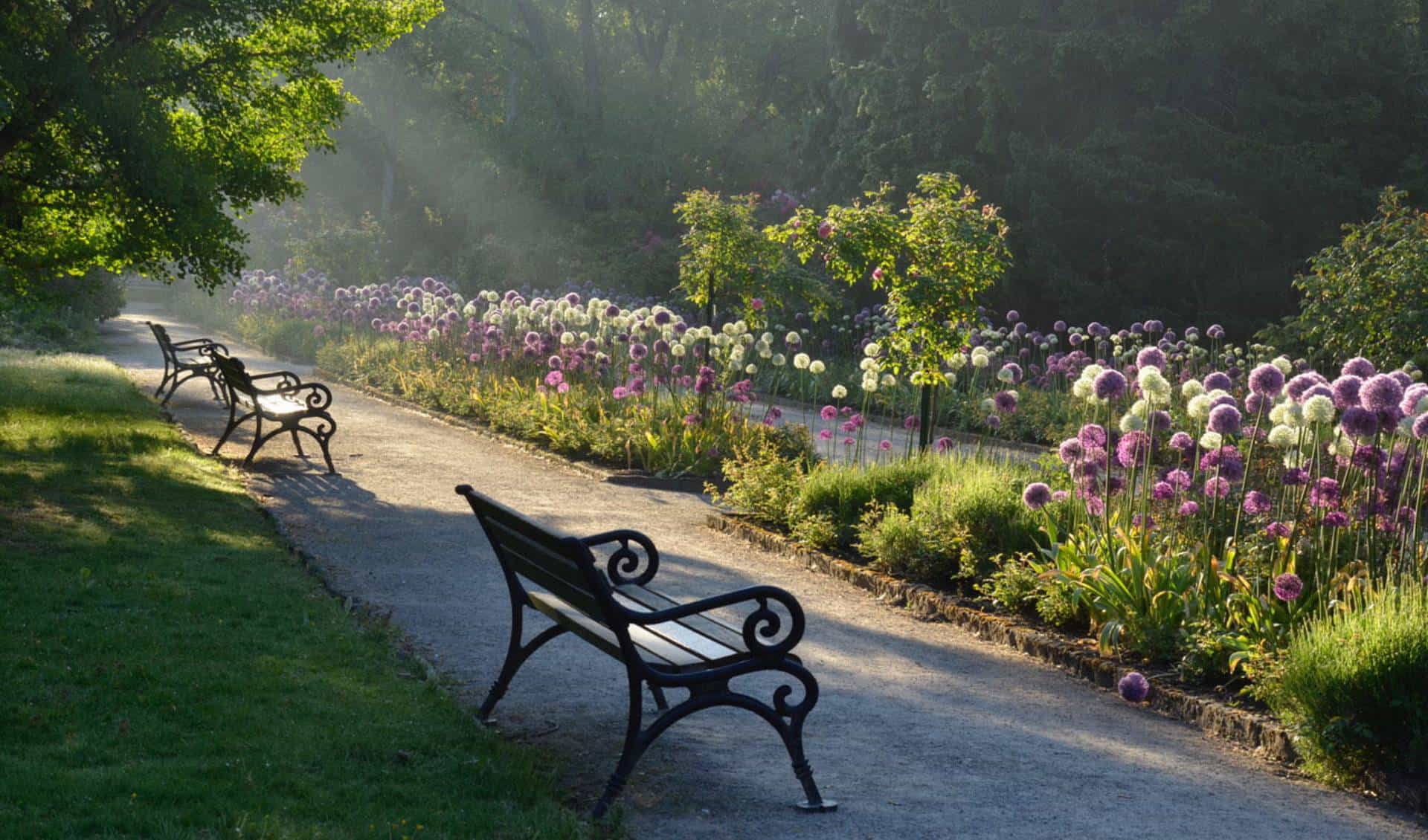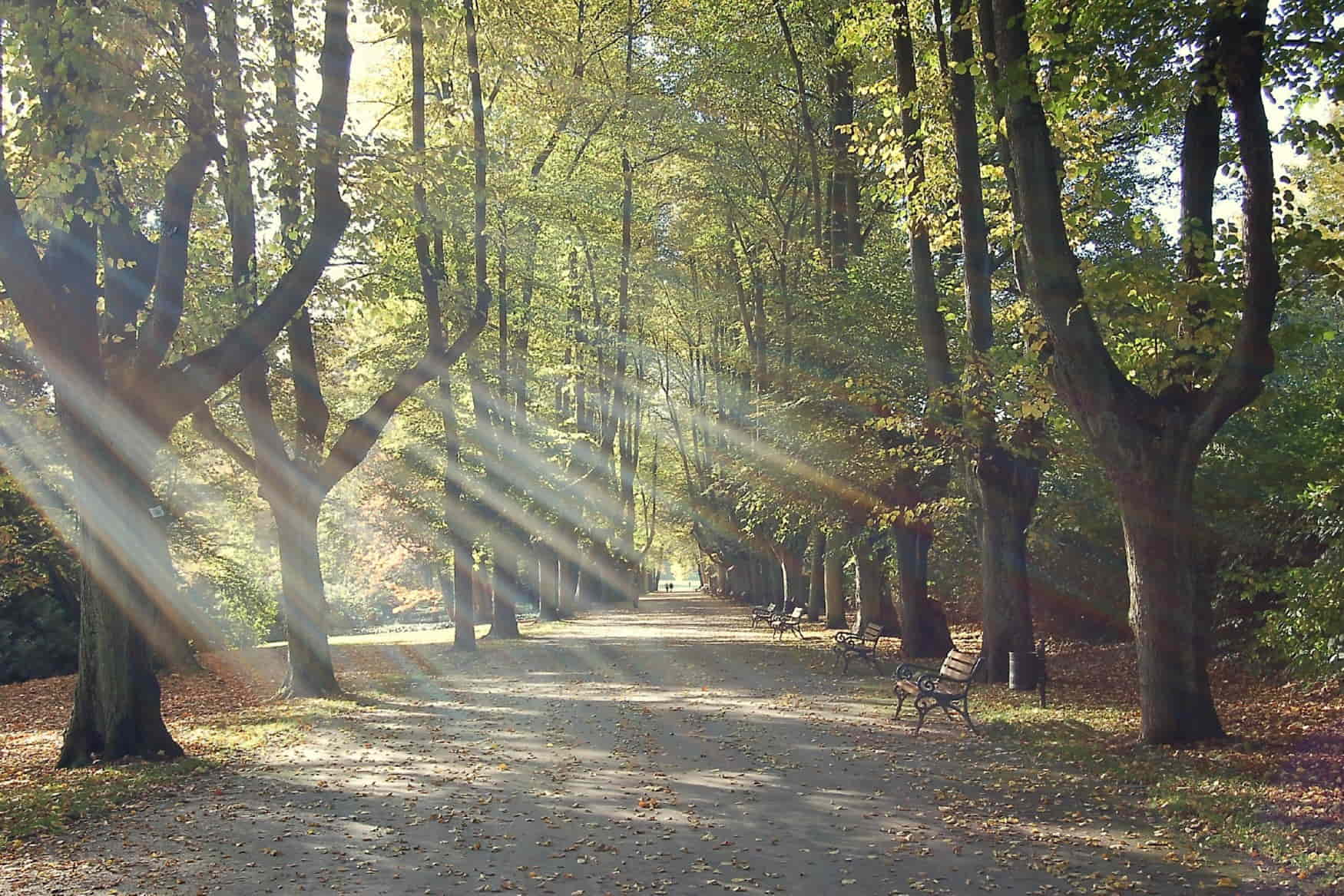In the heart of Dortmund, Germany, Rombergpark Botanical Garden stands as a beacon of natural beauty and educational significance. Spanning an impressive 68 hectares, this municipal botanical garden is one of the largest in the world and is always freely open to the public. With its diverse plant collections, historical landscapes, and family-friendly amenities, Rombergpark is a must-visit destination for nature lovers and curious minds alike.
Highlights
- Historical Greenhouses: The historical greenhouses in Rombergpark are home to exotic plants and rare species. They offer a unique glimpse into botanical diversity and the historical evolution of plant cultivation practices.
- Diverse landscapes: The garden features a variety of themed areas, such as the Clematis Garden, English Shrub Garden, Moor and Heath Landscape, and Rhododendron Wood.
- Scenic Walking Paths and Lakes: Rombergpark offers beautifully landscaped walking paths that wind around serene lakes and ponds. These scenic routes are perfect for strolls and provide picturesque family outings and relaxation settings.
Contents
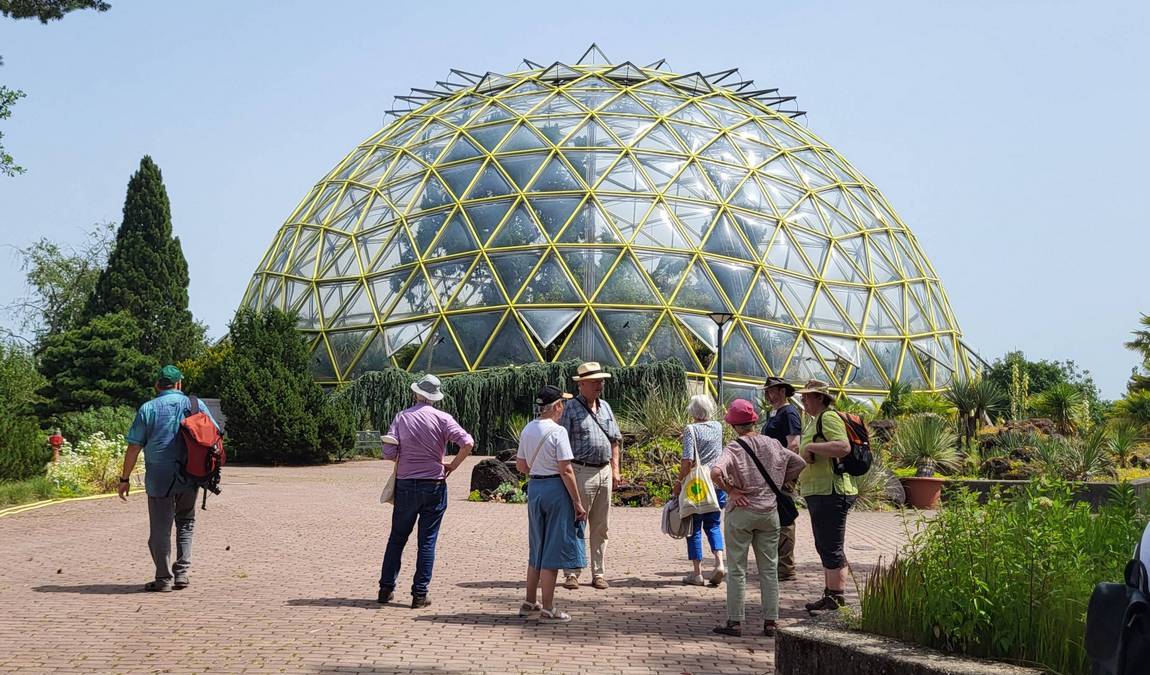 Photo: freundeskreis-botanischer-garten-rombergpark.org
Photo: freundeskreis-botanischer-garten-rombergpark.org
Here is Why Your Kids Will Find it Interesting
Rombergpark Botanical Garden is worth visiting with kids aged 6-12. The garden offers a perfect blend of educational and recreational activities to entertain children. From exploring the various themed areas to learning about medicinal plants and the Heath and Moor Biotope, there's something for every curious mind.
Family-friendly features
- Fully accessible: Rombergpark is designed to be fully accessible, with steep paths and a playground for families with children.
- Nearby amenities: The garden is located near the Dortmund Zoo and Schulbiologisches Zentrum (School Biology Center), providing additional educational and recreational opportunities.
- Picnic areas: Families can enjoy a picnic lunch in the garden's designated picnic areas, surrounded by the beauty of nature.
History
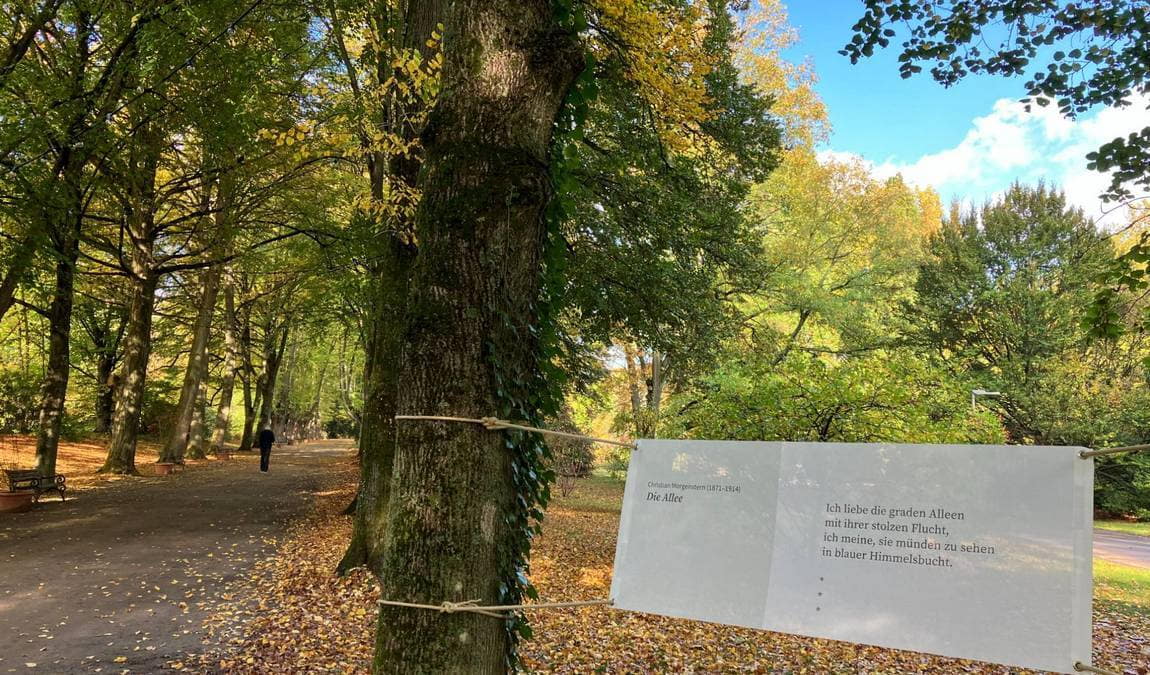 Photo: freundeskreis-botanischer-garten-rombergpark.org
Photo: freundeskreis-botanischer-garten-rombergpark.org
The origins of Rombergpark Botanical Garden can be traced back to the early 19th century, even though it was not officially opened until 1929. The park has its roots in Brünninghausen, a classical moated castle that belonged to the von Romberg family until its destruction in World War II.
In the early 1800s, Düsseldorf court gardener Maximilian Friedrich Weyhe was employed to redesign the green areas around Haus Brünninghausen. Weyhe's landscape park remains the heart of Rombergpark Botanical Garden today. In 1927, the von Romberg family sold Haus Brünninghausen and its park to the town of Dortmund, and the park has been open to the public ever since.
Richard Nose, the first director of gardens and cemeteries in Dortmund, planned to expand the park by adding a botanical garden and an arboretum. In 1928, Nose laid out a new, formally-structured school garden to the west of the old park, and from 1930-1933, he created a three-hectare, formally structured arboretum following the Engler-Prantl botanical system.
Over the years, each director and era has left its mark on the garden, shaping its unique character and collections. Today, the Rombergpark and the arboretum stocks continue to be constantly expanded. The garden's history is full of interesting stories, from its origins as a moated castle to its transformation into one of the largest municipal botanical gardens in the world.
Just 1.1 km from the Botnich Garten is the Dortmund Zoo, which we also recommend for a visit.
Key Features and Collections
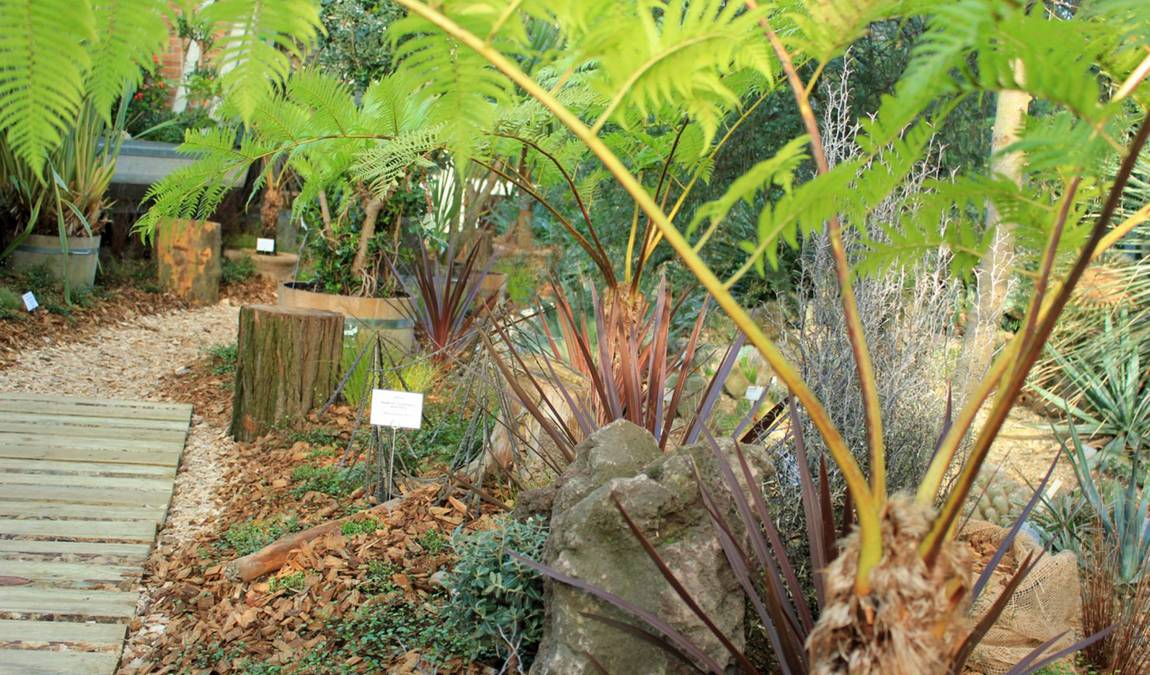 Photo: freundeskreis-botanischer-garten-rombergpark.org
Photo: freundeskreis-botanischer-garten-rombergpark.org
One of Rombergpark's standout features is its diverse plant collections and landscapes. Visitors can explore the Sumpfzypressen (Taxodium) trees, marvel at the blooms in the Clematis Garden, and discover the wonders of the English Shrub Garden. The Moor and Heath Landscape, Rhododendron Wood, and Heath and Moor Biotope offer a glimpse into the region's natural habitats.
Educational and Recreational Aspects
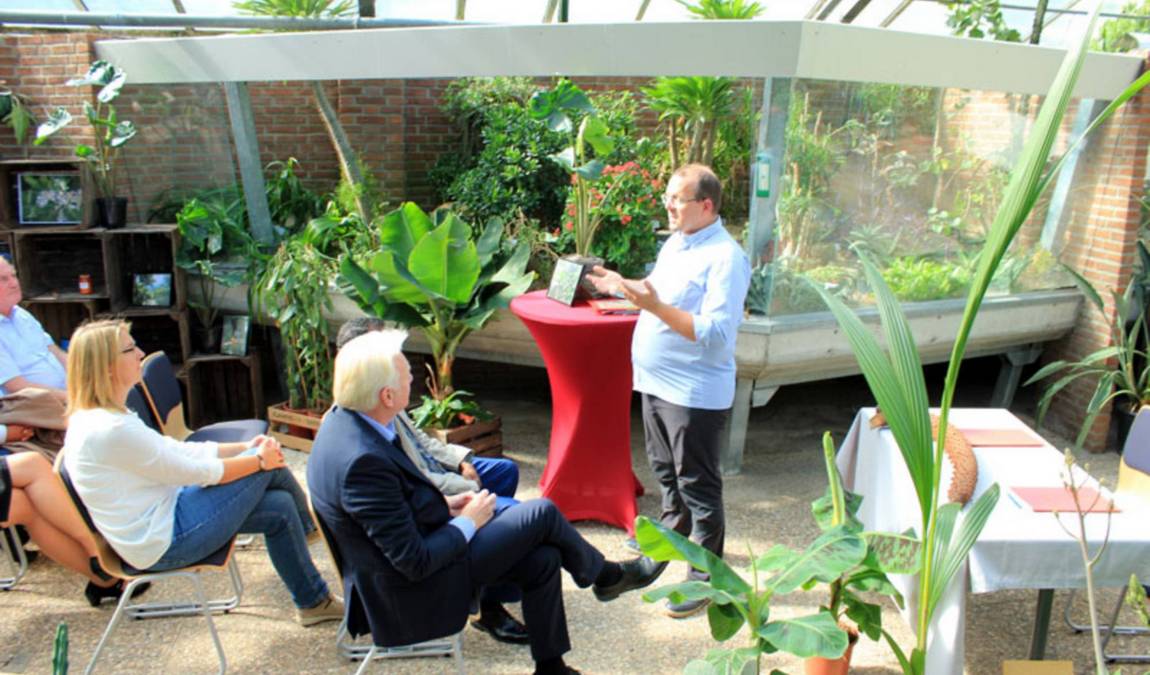 Photo: freundeskreis-botanischer-garten-rombergpark.org
Photo: freundeskreis-botanischer-garten-rombergpark.org
Rombergpark Botanical Garden serves as an educational resource for visitors of all ages. With its broad educational programs and scientific collection, the garden provides a hands-on learning experience about the natural world. Additionally, the garden functions as a local recreational area for the people of Dortmund and its surroundings, offering a peaceful escape from the hustle and bustle of city life.
Best Time to Visit
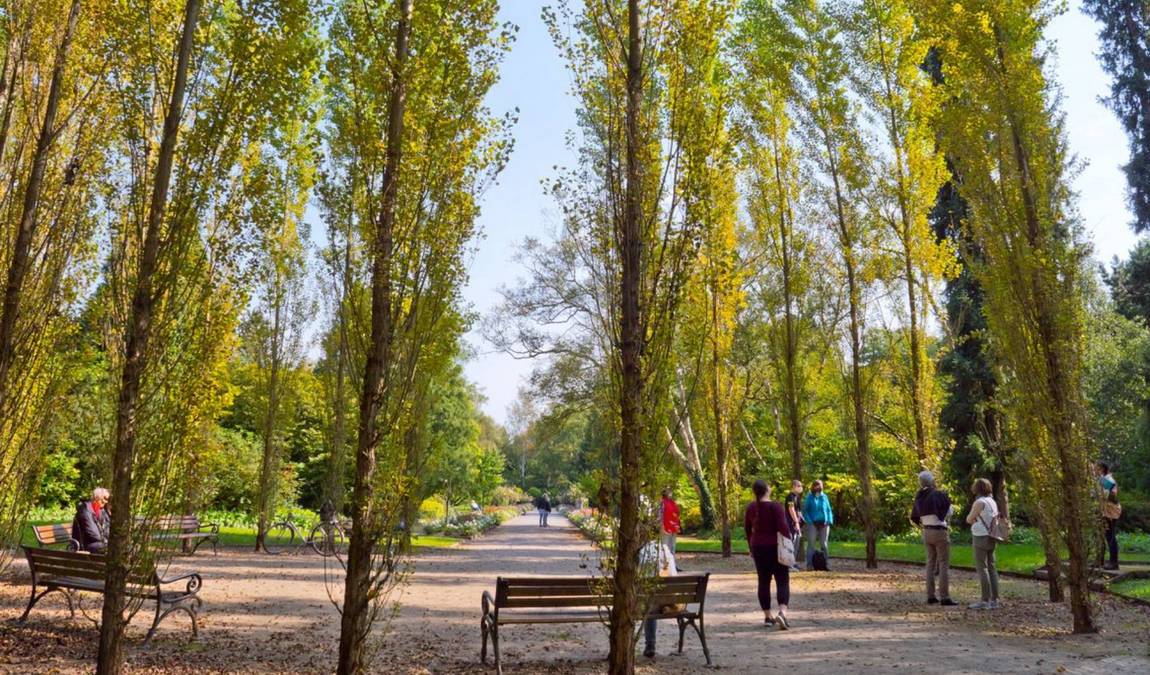 Photo: freundeskreis-botanischer-garten-rombergpark.org
Photo: freundeskreis-botanischer-garten-rombergpark.org
The best time to visit Rombergpark Botanical Garden with children is spring and summer when the weather is mild and the plants bloom. Weekends are particularly popular, so staying on weekdays is recommended.
The garden is open from 8:00 AM to 6:00 PM, and a visit typically lasts around 2-3 hours.
Our Recap
Rombergpark Botanical Garden is a unique and valuable asset for Dortmund and the surrounding region. Its extensive plant collections, diverse landscapes, and educational programs make it a must-visit destination for nature lovers and curious minds alike. Whether you're interested in learning about rare plants, exploring themed gardens, or enjoying a peaceful day outdoors, Rombergpark has something to offer everyone.


